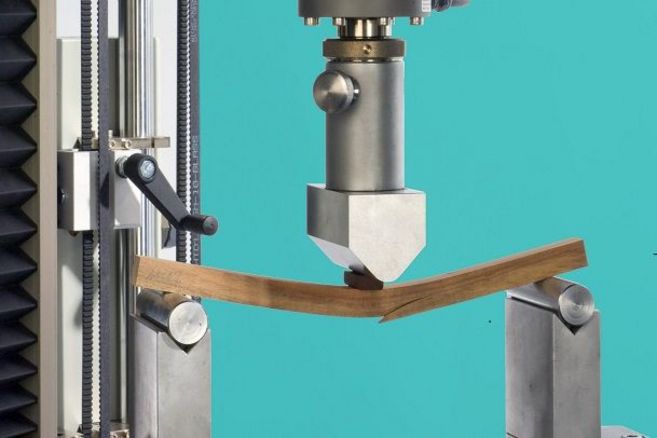For decades, wood researchers from a wide range of disciplines have been studying a special growth characteristic of a large number of woods, namely the “fiddle-back, also termed “locking or curly grain”. In addition to the characteristic aesthetics produced by the "wavy" wood structure, the woods are also said to have special physical and technical qualities such as supporting acoustic properties and particularly high strength. Over 300 years ago, Antonio Giacomo Stradivari (1648 - 1737) recognized the special characteristics of curly maple and used them to build his world-famous instruments. While the causes of the special growth characteristics are still largely unexplained, an interdisciplinary team of scientists and plant breeding experts has been working on the propagation of curly maple trees since 2015 and is looking for explanations of the phenomenon. After eight years of project work, there is now hope that they have found the first clues that point the way forward. A current overview article in the Holz-Zentralblatt summarizes the current state of research in this area.
Contact:
Link to the Thuenen Projects:




![[Translate to English:] Logo des Bundesministerium für Ernährung und Landwirtschaft](/media/allgemein/logos/BMEL_Logo.svg)